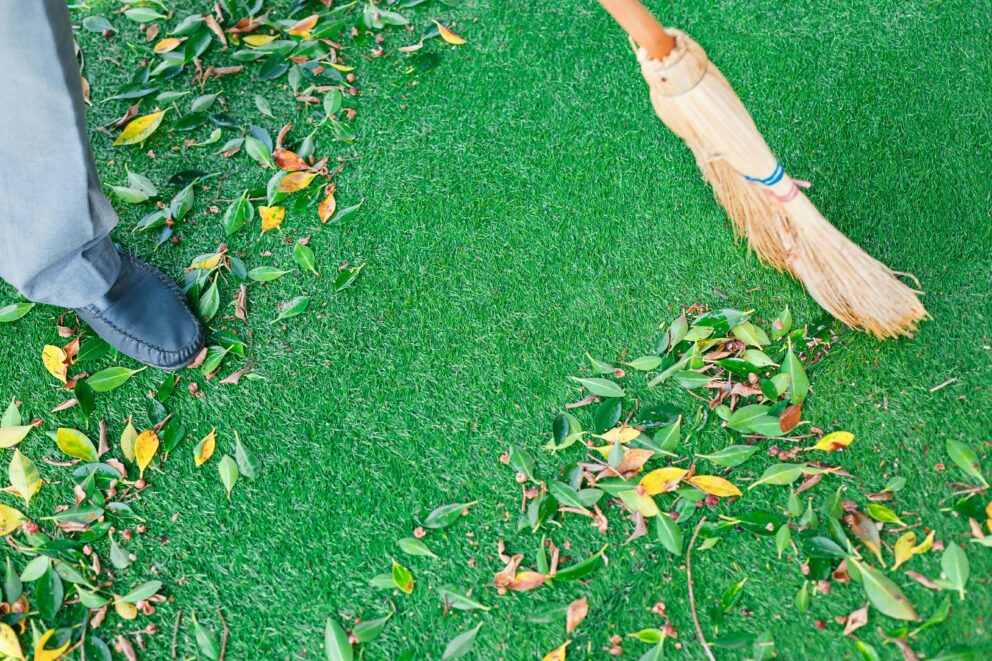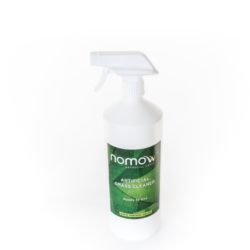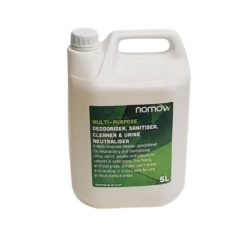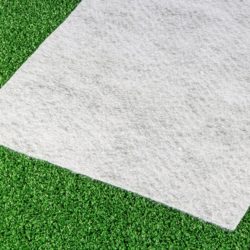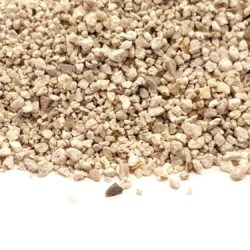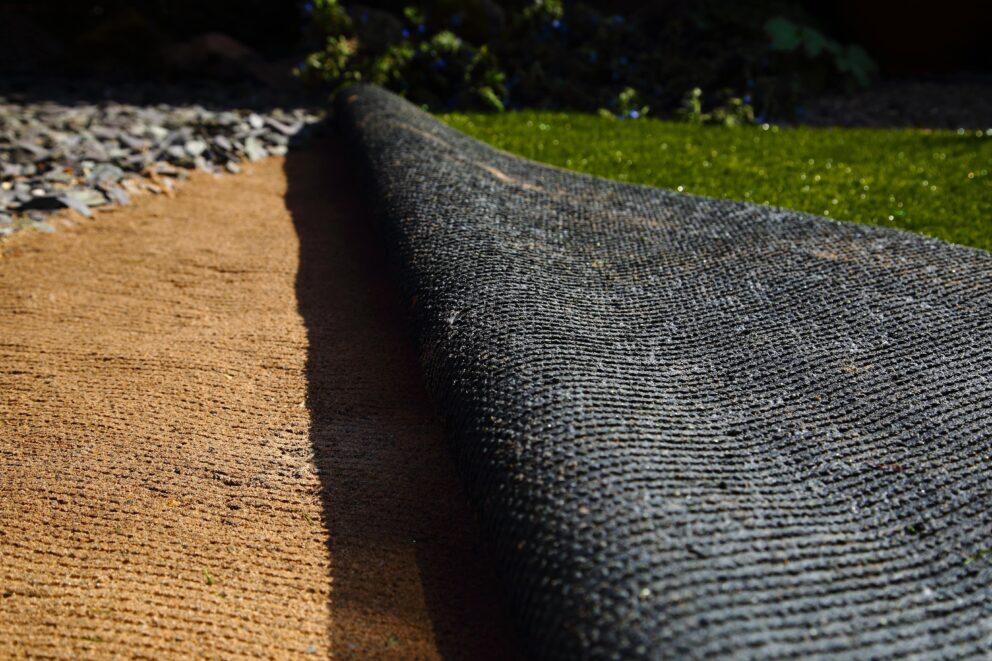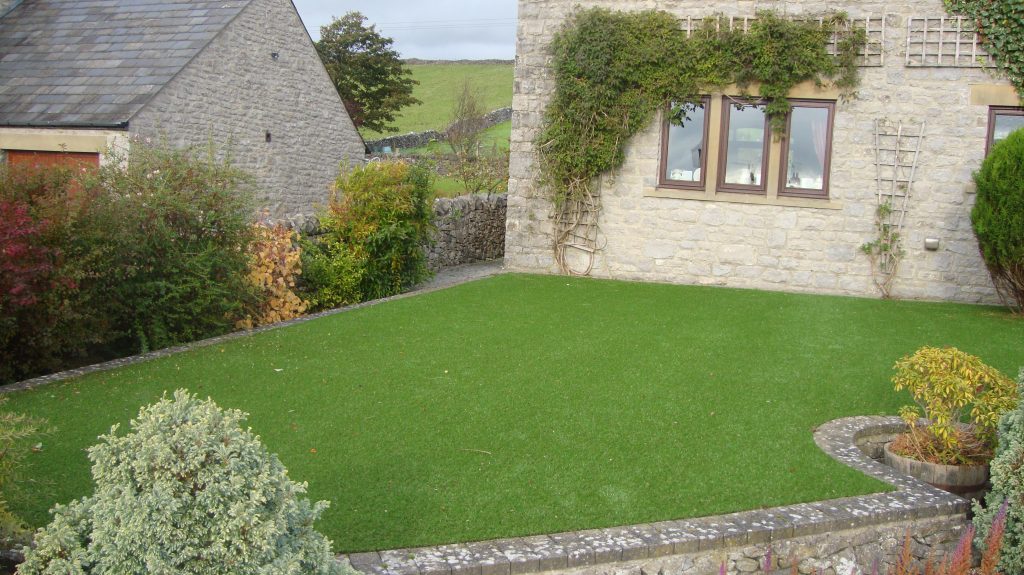Why Clean Artificial Grass?
Artificial grass is an excellent option for a low-maintenance garden or lawn. It doesn’t require regular mowing, watering, or fertilising, which makes it a popular choice for busy homeowners.
However, like any outdoor surface, artificial grass is prone to accumulating dirt, dust, and debris over time, especially if it’s located in an area where there’s a lot of foot traffic or pets. If not cleaned regularly, the dirt and debris can build up and cause the grass blades to flatten and lose their natural look.
Developing a Cleaning Plan
The first step in maintaining artificial grass is to develop a comprehensive cleaning plan. The frequency of cleaning depends on how often the turf is used and the area’s climate. In general, it’s recommended to clean artificial grass at least once a week if it experiences heavy use or significant dust or debris accumulation.
For those who use their artificial grass less frequently, cleaning can be less frequent, but it’s still recommended to rinse it at least twice a month.
Artificial grass cleaner is vital for your artificial grass maintenance. To find out more, click the button below.
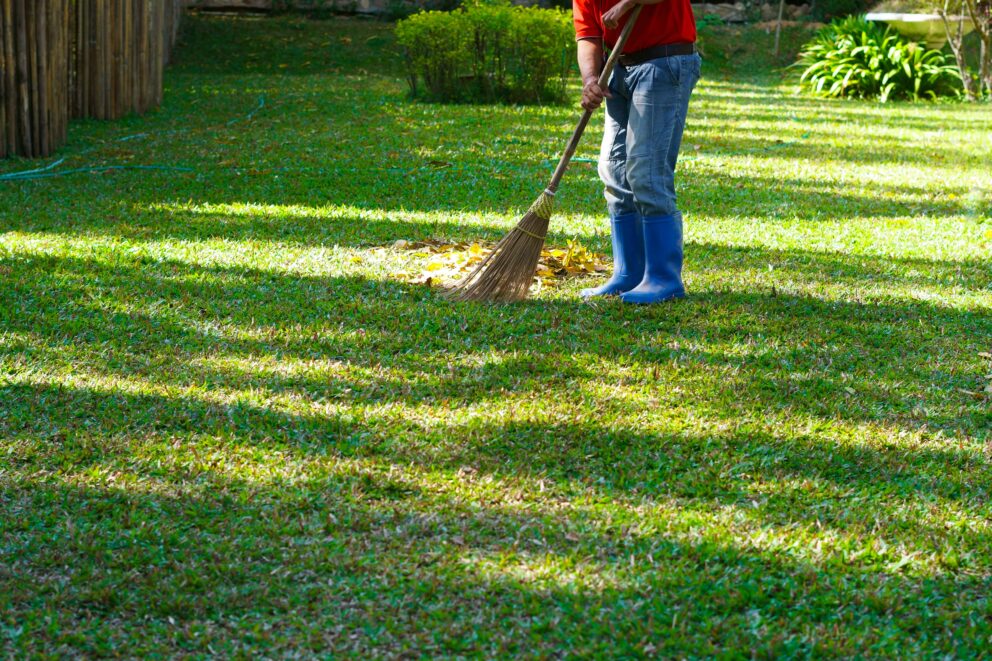
Regular Cleaning
For regular cleaning, start by removing any visible debris from the surface of the artificial grass. A leaf blower or a soft-bristled broom can help loosen and remove debris from the surface of the turf. Then, use a garden hose to rinse off any remaining dirt and debris.
If you have pets that use the artificial lawn to relieve themselves, it’s essential to promptly hose down the areas to prevent the growth of bacteria and ensure the turf remains odour-free. Additionally, spot cleaning should be done when any other stain-causing material ends up on the turf.
Deep Cleaning
Periodic deep cleaning is essential to maintaining the look and feel of artificial grass. This process involves using a non-toxic cleaner to sanitize the turf and remove any accumulated dirt and grime.
A deep clean should be done either monthly or every three to four months if the turf gets infrequent use. A power brush cleaner can help remove most of the debris from the surface while improving the look and feel of the turf.
How to Remove Pet Waste from Artificial Grass
If you have pets that use the artificial grass to relieve themselves, it’s essential to clean up after them promptly. First, pick up the solid waste using a scooper or bag. Then, rinse the area thoroughly with a garden hose, avoiding the use of a pressure washer as it can damage the grass.
Spray all areas where your pets relieve themselves weekly, using a standard household cleaner for this job. Use a stiff-bristled brush to give the turf a gentle scrub, rinse off the cleaner with your garden hose, apply an odour neutralizer to eliminate any remaining foul scents, and allow the turf to air dry.
Our ZeoZorb underlay helps prevent any pet-related odours on your artificial grass. To find out more, click the button below.
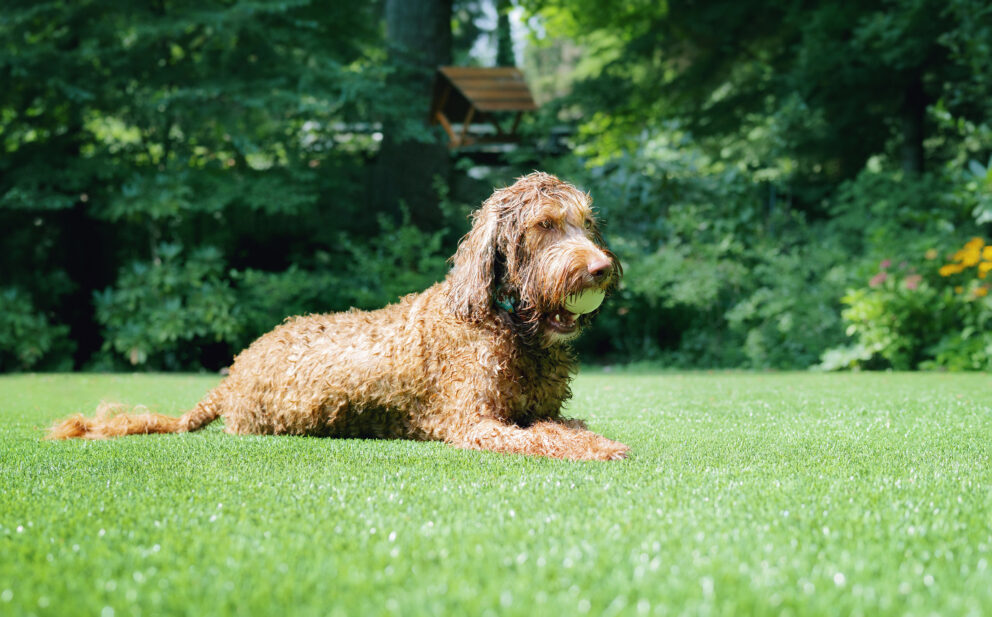
How to Remove Stains from Artificial Grass
Artificial grass is designed to be lived on, so it’s no big deal if you accidentally spill beverages, food, or other substances on it. But it’s essential to remove any stains promptly to prevent them from becoming permanent.
For minor stains, blot up whatever is spilled with a paper towel and wet the area with a hose. Once the grass is damp, apply a mild soap, give it a gentle scrub, and rinse it thoroughly with cool water. For stubborn stains, wet the area with a garden hose, apply our cleaner and use a bristle brush to gently lift the stain from the grass.
How to Remove Sticky Substances from Artificial Grass
If tree sap, gum, or any other sticky substances get stuck in your artificial turf, cleaning up sticky residue is remarkably simple. Just wet the area with your garden hose and apply a cleaner to dissolve the residue.
Give the turf a gentle scrub with a bristle brush, and when you’re finished, rinse the cleaner off with your garden hose.
How to Prevent Weeds on Artificial Grass
When laying artificial grass, it is beneficial to install a weed membrane. This helps prevent weeds from growing beneath your artificial grass, and eventually breaking through. This prevents the need for weed killer and therefore keeps your garden low maintenance. To find out more about weed membranes, click the button below.
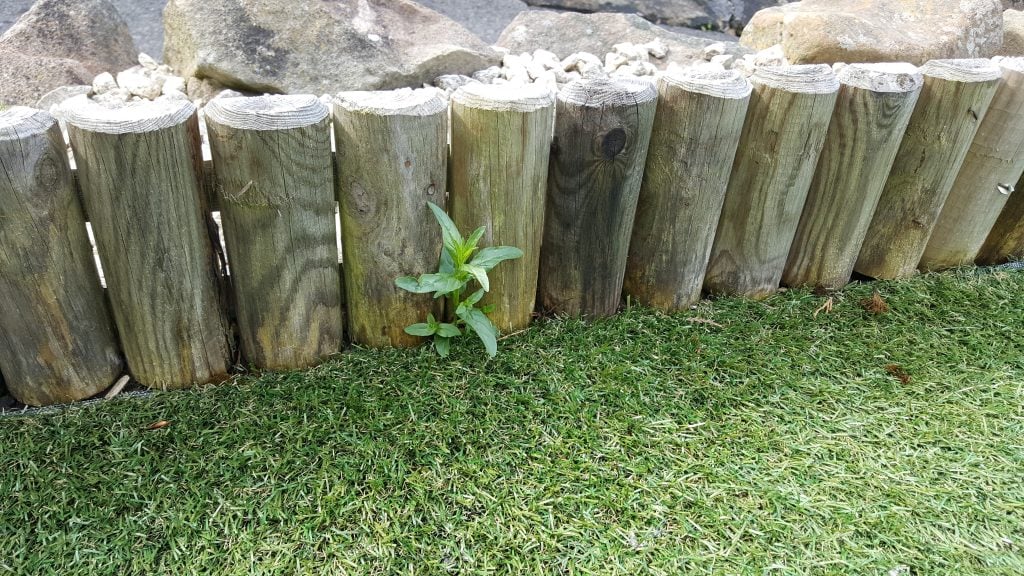
Keeping your artificial grass lawn clean and well-maintained is vital to its longevity and aesthetic condition. Regular cleaning, spot cleaning, and periodic deep cleaning are all essential components of a comprehensive cleaning plan.
By following the tips outlined in this guide, you can ensure that your artificial grass remains beautiful and functional for years to come.
If you need any assistance with cleaning your artificial grass, Nomow offers a range of artificial grass cleaners and maintenance products to keep your lawn looking its best. Click the button below to view our full range of artificial grass.

